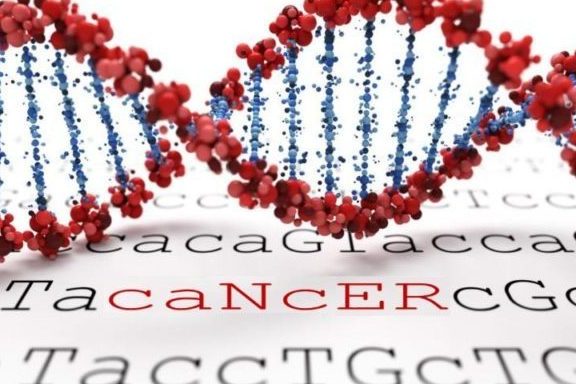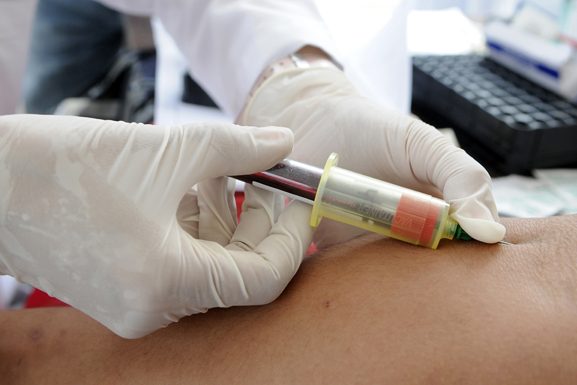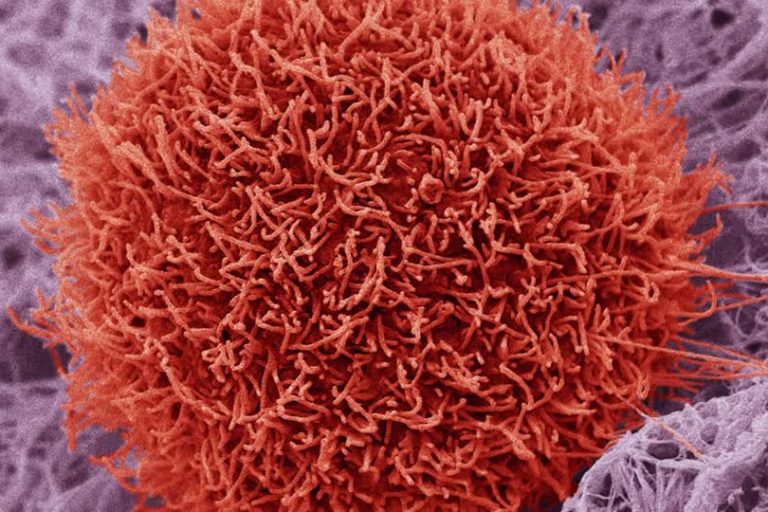Can liquid biopsy
replace tissue biopsy?
Perspective from lung
cancer
During the last decades, the concept of precision medicine has dramatically renewed the field of medical oncology; the introduction of patient-tailored therapies has improved significantly. Liquid biopsy is a revolutionary technique that opens up previously unexpected perspectives. It consists of the detection and isolation of circulating tumor cells, circulating tumor DNA and exosomes, as a source of genomic information in cancer patients.
The identification of predictive biomarkers in tumor tissue is now mandatory for optimal patient care, but faces several biological and technological challenges. A recent study in multiple samples of lung cancer patients illustrated that intratumoral heterogeneity exists between different regions in the same tumor (spatial heterogeneity), as well as between the primary tumor and local or distant recurrences in the same patient (temporal heterogeneity). In addition, other studies have characterized dynamic changes in tumor characteristics throughout the disease, and these changes have affected resistance to treatment. Therefore, inter- and intratumoral heterogeneity poses a fundamental challenge in guiding clinical decision-making in pulmonary oncology, as tissue biopsies may be inaccurate in capturing the full genomic landscape of a cancer patient.
On the other hand, comprehensive tumor genomic information is often limited in its accessibility, due to the rate of clinical complications associated with the invasive procedures required to obtain tissue at the time of initial diagnosis, as well as during the course of tumor treatment illness.
In addition to this, another important barrier for biomarker tests is the availability of an adequate amount of tissue, due to the multiple studies that are carried out on the same sample and the decrease in the amount of tissue delivered per patient. Typically, less than 80% of lung cancer patients with advanced disease can have a small tissue biopsy removed, limiting the ability to perform further testing, the remainder of patients do not have accessible tissue for biopsy. biopsy. Even when tissue can be harvested, preservation methods such as formalin fixation can show high levels of modifications in the genetic material for molecular assays.
Finally, tissue biopsies also increase the cost of patient care and the turnaround time for results can sometimes be longer than the doctor expects for the patient’s treatment. In light of these limitations in the use of tissue biopsies, new ways of looking at tumor genetics and tumor dynamics have evolved.
Currently, a liquid biopsy provides an alternative sample type in routine clinical practice when the tumor sample is unavailable, inappropriate, or difficult to obtain. Additionally, sampling is less invasive for genomic characterization of ctDNA or CTCs and allows for repeatable assessment throughout the course of therapy and early identification.
Important Key Points to Consider
- The lack of representation of the heterogeneity of a tumor and the poor availability of samples means that tissue biopsies are of limited value for the evaluation of tumor dynamics in advanced stages of disease.
- Long periods between sampling and clinical results may lead to an altered genetic makeup of the tumor.
- Circulating cell-free DNA can be extracted from the blood (liquid biopsy) and assessed for tumor-specific aberrations to provide a more complete genetic picture in a patient.
- Liquid biopsy monitoring of tumor-associated genetic aberrations can be used to assess the presence of residual disease, recurrence, relapse, and resistance.
- Liquid biopsy can be used to detect the appearance of cancer cells 5 to 10 months earlier than conventional methods.
Important clinical advantages of Liquid Biopsy
Diagnosis
| Early detection |
| Complete tumor profile |
| Identification of multiple tumor sites |
| Monitoring of residual diseases |
| relapse diagnosis |
Prediction
| Identification of genetic markers for targeted treatments |
| Early evaluation of therapeutic efficacy |
| Follow-up after surgery |
| Follow-up of the appearance of resistance to treatment (emergency of genetic alteration, for example) in real time. |
Forecast
| Identification of the risk of relapse |
| Early assessment of cancer progression |
Bibliography
Gerlinger M, Rowan AJ, Horswell S, et al. Intratumor heterogeneity and branched evolution revealed by multiregion sequencing. N Engl J Med 2012;366:883-92.
Bedard PL, Hansen AR, Ratain MJ, et al. Tumour heterogeneity in the clinic. Nature 2013;501:355-64.
Sholl LM, Aisner DL, Allen TC, et al. Liquid Biopsy in Lung Cancer: A Perspective From Members of the Pulmonary Pathology Society. Arch Pathol Lab Med 2016;140:825-9.
Wong SQ, Li J, Tan AY, et al. Sequence artefacts in a prospective series of formalin-fixed tumours tested for mutations in hotspot regions by massively parallel sequencing. BMC Med Genomics 2014;7:23.
Poulet, G., Massias, J., & Taly, V. (2019). Liquid biopsy: general concepts. Acta cytologica, 63(6), 449-455.
Ilié, M., & Hofman, P. (2016). Pros: Can tissue biopsy be replaced by liquid biopsy?. Translational lung cancer research, 5(4), 420.





